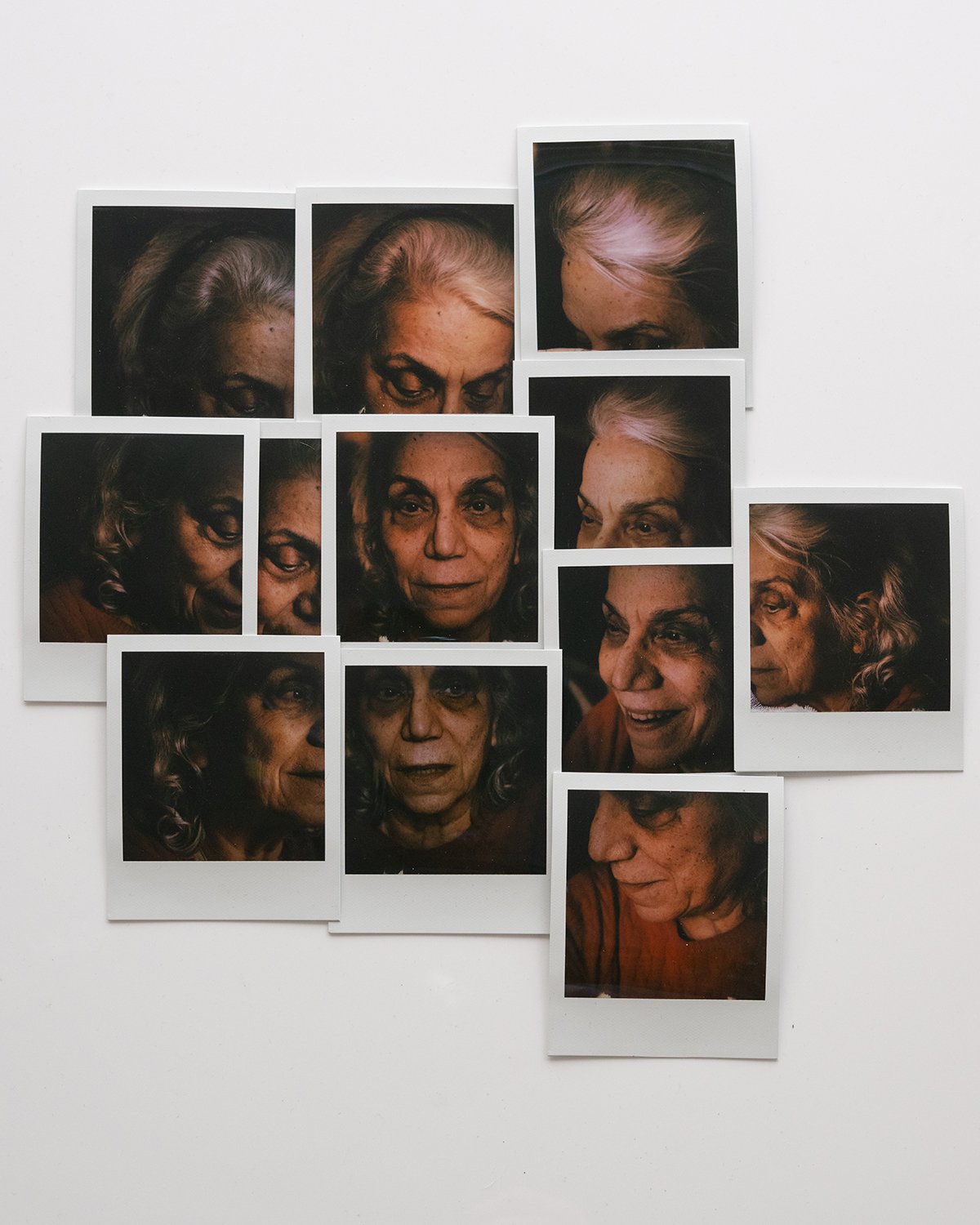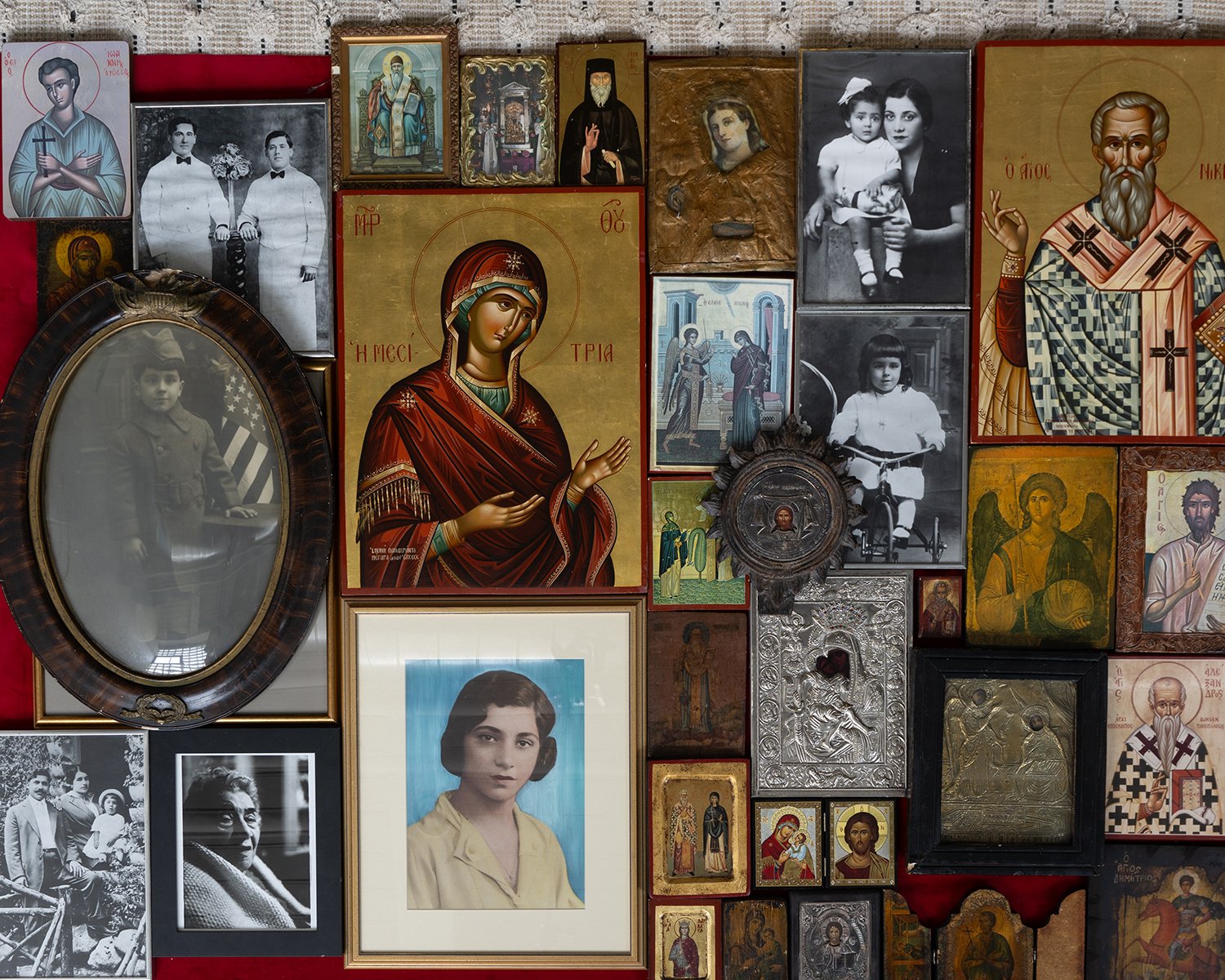




-
“…Would the pictures coming into such a dark room but stay there, and lie so orderly as to be found upon occasion, it would very much resemble the understanding of a man, in reference to all objects of sight, and the ideas of them.” - John Locke
Storytelling, in the west at least, has been centered on the hero's journey, the brilliant man, the decisive moment.
In "The Carrier Bag Theory of Fiction," Ursula K. Le Guin argues that this type of linear progression in narrative is like an arrow, tension building into a singular progression until violent climax, reducing its elements to conflict, one that only serves a single purpose, framing, view point.
In contrast, Le Guin posits, what if we were to gather information like a receptacle, a bag or a womb? This question of how we narrate the experience of life is what I am exploring in my current work.
Multiple Discovery exists as installations of nonlinear compositions using polaroids, monitors, and collage, deconstructing prevailing constructs of narrative.
Are there not moments simultaneous and unstructured? A collision of experiences all held together.
An accumulation of ideas, unspecific in time. Held.
What attitudes and nuance of characters appear on a place, idea or feeling by decolonizing linear narrative?
What does a city look like splayed on a table? A life?
Do you represent it by all its parts, its foundation, its history, or the millions of lives that went into making it? How do we experience the world?
-
Polaroid 8x10, Peel Apart Instant Films, Reclaimed Fuji Fp100c Negative, Color Positive Film, Polaroid 600, Fuji Instax, Vernacular, and Assemblage, a light box, Monitors, View Master Reel, I and Found Object. These range in size from 2.5"X2.5" to 4'x8'.
